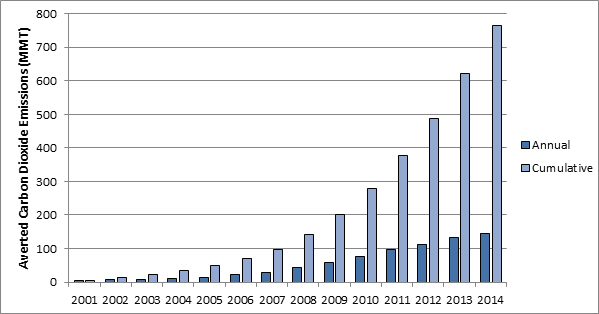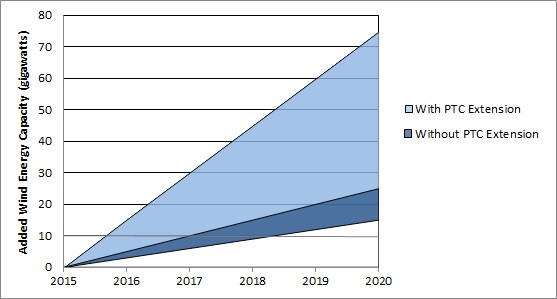Kim Norman
Policy Analyst
Wind power has already significantly reduced climate-altering carbon pollution: In 2014 alone, wind-generated electricity averted an estimated 143 million metric tons of carbon dioxide emissions, as much as would be produced by 37 typical coal-fired power plants. By renewing the Production Tax Credit, a key driver of wind energy development, America can displace even more carbon pollution – a critical step towards protecting future generations from the worst impacts of global warming.
Policy Analyst
Former Policy Analyst, Frontier Group
Wind power continues to grow as a source of clean energy across America. The United States generated 26 times more electricity from wind power in 2014 than it did in 2001. American wind power has already significantly reduced global warming pollution. In 2014 alone, wind-generated electricity averted an estimated 143 million metric tons of carbon dioxide emissions – as much as would be produced by 37 typical coal-fired power plants. With America’s massive potential for wind energy on land and off our coasts, wind power can play a key role in meeting the emission reduction targets of the recently adopted Clean Power Plan and moving the nation toward a future of 100 percent renewable electricity.
To take advantage of that potential, however, the nation must create a public policy environment that is supportive of continued wind energy growth. Long-term renewal of federal tax incentive programs for renewable energy, including the Production Tax Credit and the Investment Tax Credit for wind energy, both of which expired at the end of 2014, can help the United States maintain momentum in the fight against global warming.
Wind power has already significantly reduced climate-altering carbon pollution.
Figure ES-1. Carbon Dioxide Pollution Displaced by Wind-Generated Electricity, 2001-2014

By renewing the Production Tax Credit, America can displace even more carbon pollution – a critical step towards protecting future generations from the worst impacts of global warming.
Figure ES-2. Estimated Impact of PTC Renewal on Wind Energy Capacity through 2020

By expanding opportunities for offshore wind energy, America can further reduce carbon pollution.
Wind energy is reducing America’s contribution to global warming now, and can do so even more in the future. To take advantage of America’s vast wind energy potential:
Policy Analyst
Former Policy Analyst, Frontier Group
